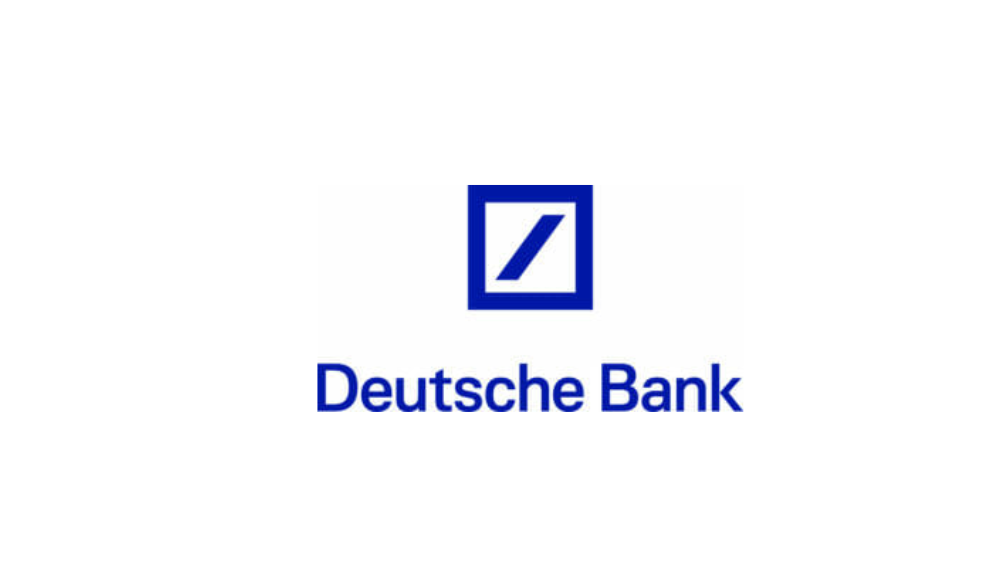Expansion of Asset Types: First Batch of New Energy REITs Got Approved with Expected Financing Over RMB 10 Billion Yuan
On March 2, 2023, the official websites of China Securities Regulatory Commission and Shanghai Stock Exchange showed that CSC SPIC New Energy Closed-end Infrastructure Real Estate Investment Trust (hereinafter referred to as the "CSC SPIC New Energy REIT") and AVIC BJEI Photovoltaic Closed-end Infrastructure Real Estate Investment Trust (hereinafter referred to as the AVIC BJEI Photovoltaic REIT) were formally approved and are expected to raise more than RMB 10 billion yuan. This indicates that China's REITs market will usher in the first batch of new energy REITs, introducing a new asset type into the REITs market.
The underlying assets of the first approved new energy REITs are projects of wind power and photovoltaic power generation, which play a good demonstration effect and a driving role in revitalizing the assets of wind power and photovoltaic power generation, and provide a new and feasible way for asset-backed securities.
According to public information, the underlying assets of CSC SPIC New Energy REIT are the projects of Binhai North H1 and Binhai North H2 offshore wind power and supporting operation and maintenance stations located in Yancheng, Jiangsu Province as the "first city of offshore wind power", with a total installed capacity of 500 MW. This group of assets was valued at RMB 7.165 billion yuan.
The average annual on-grid power of Binhai North H1 and Binhai North H2 in recent three years was about 1.23 billion kWh, which can meet the annual power demand of about 600,000 families of three, and reduce carbon dioxide emissions by about 810,000 tons, thus conducive to optimizing the local energy structure, narrowing the gap between power supply and demand, and protecting the local environment.
For the other REIT product, the underlying assets of AVIC BJEI Photovoltaic REIT are the project of the 300 MW photovoltaic power station in Yulin, Shaanxi Province and the project of the 100 MW photovoltaic power station in Suizhou, Hubei Province, as both held by BJEI. These two stations are located in major national strategic areas such as the area of ecological conservation and high-quality development of the Yellow River Basin and the Yangtze River Economic Belt.
The Shaanxi Yulin project and the Hubei Suizhou project were connected to the power grid at full capacity in 2017 and 2015 respectively. The power stations have been in stable operation for more than 3 years, so the projects have a high maturity. The revenue of their annual power generation exceeds RMB 400 million yuan, and their annual power generation capacity is about 576 million kWh. Compared with the equivalent thermal power generation, those two power stations have saved 175,600 tons of standard coal, and reduced the emissions of 479,100 tons of carbon dioxide as well as a large number of harmful substances such as sulfur dioxide and nitrogen oxides, bringing great social benefits.
An industry insider pointed out that China is extremely rich in wind resources. The insider said that wind farms do not consume other conventional energy or emit harmful gases during operation, and have advantages such as saving energy, protecting the environment, abundance of wind resources and cost-effectiveness, which is of great significance to the realization of China's energy green transformation strategy and high-quality economic development.
"Moreover, solar photovoltaic power generation, as one of the main forces of green energy transformation, has inexhaustible lighting resources. Photovoltaic power stations do not emit pollution in the process of power generation. They have the advantages of clean power generation, abundance of resources and cost-effectiveness, and play an important role in China's energy transformation strategy." The industry insider predicted that with more new energy assets in the public REITs market in the future, the space for market development is promising.





















































First, please LoginComment After ~